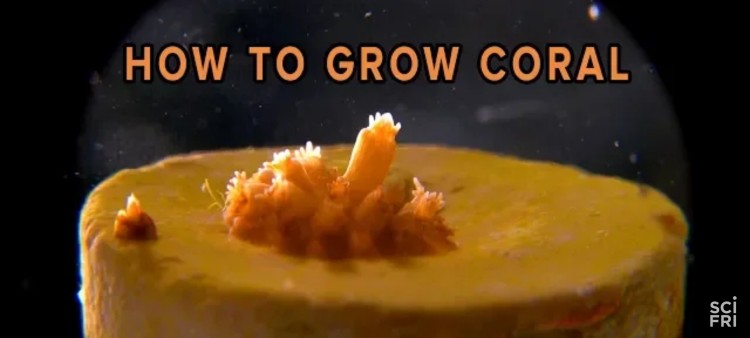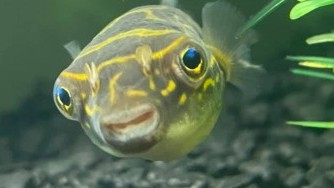How to Grow a Coral?
- Apr 17, 2022
- Anshika Mishra
- 220 0 0

Most researchers and hobbyists love working with coral because of its diversity, color, and different textures. Coral is a colony, and each polyp is an individual animal itself; when you start to see those animals do what they naturally do, you feel privileged to witness such a beautiful process, and all you hope is to help.
Across the world, researchers are working with propagation and restoration with the ultimate goal of helping corals in the wild to be self-sustaining.
What are Corals?
Corals are animals. They belong to a group called Cnidaria, but within their tissues, they have algae cells called Zooxanthellae that are photosynthetic. But, it is a symbiotic relationship, the coral itself provides a home for those cells to live in, and the byproduct of those cells gives nutrients to the coral itself.
So, it is a win-win for both sides.
However, coral bleaching is the process of the Zooxanthellae leaving the tissue of the coral. If it doesn't absorb Zooxanthellae quickly, unfortunately, the coral will die because it needs the nutrients and the by-products of the Zooxanthellae to continue to be healthy and survive.
Coral Reproductions
Coral has a unique reproducing process. For example, the two corals, namely Staghorn coral and Elkhorn coral, reproduce only one week a year.
So, these corals are qued on the tide, the lunar cycle, and the ocean's temperature. They wait for the high tide at night because that's when the current is the strongest.
When they release their eggs and sperms, they have just the right condition to mix and find each other.
But unfortunately, there is a lot of distance between the corals. So, they have a hard time finding each other when they are ready to reproduce.
That's where many researchers come in the way.
They work as a team in the collections of the gametes, separate the eggs and the sperm to ensure they are getting different genetic makeup, and then they combine the eggs and sperm to produce a free-swimming planula or larvae.
And then, the planula is brought out of the reef and dispersed onto the reef for them to survive, thrive, and grow.
The main goal is to get a large, diverse genetic population over time, and they can do it all independently.
How to Grow Coral?
Researchers take a small subset of what they can fertilize in the wild and bring that back to research to know what it needs in the wild to survive.
A variety of plugs and tiles are used in the process. They also utilize sub-adults to help provide the Zooxanthelle to the baby corals when they are placed here after spawning, and it takes a while for that coral and algae to grow on the material.
When the baby corals are growing, the researchers looked for are:
- The coloration of the tissue
- The number of developed polyps
- The base of the coral to be encrusting along the settlement material
Saving Corals
Saving the bleaching and dying corals is an uphill battle, but it is the battle that we have to fight for them!






About author